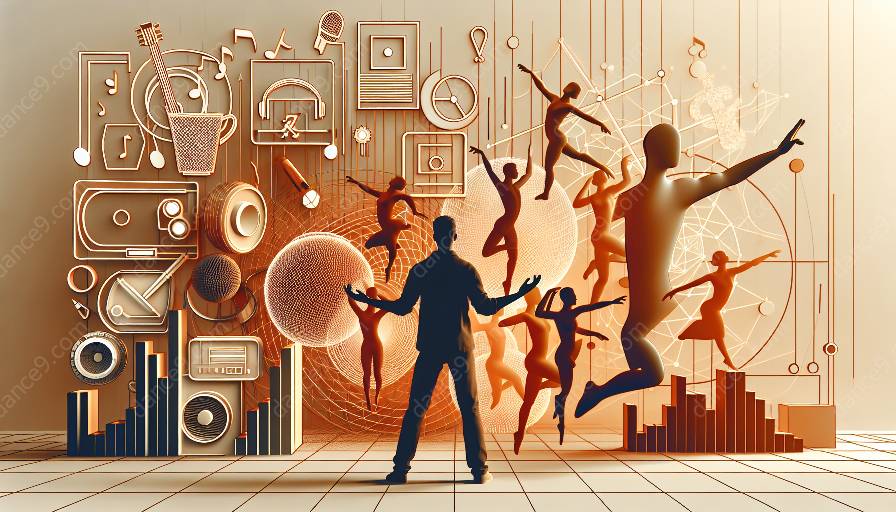Dance education has always strived to push the boundaries of creativity and innovation, and the integration of virtual reality (VR) technology into this art form is no exception. As VR continues to permeate various industries, its impact on dance education is becoming increasingly apparent, offering new and exciting opportunities for both students and educators to explore movement, choreography, and performance in entirely novel ways.
Given the sensory and immersive nature of dance, the synergy between VR and dance education is a natural fit. VR applications in dance education encompass a wide array of possibilities, from instructional tools and choreography visualization to immersive performance experiences. This topic cluster delves into the potential applications of VR in dance education, its compatibility with multimedia performances, and its role in the intersection of dance and technology.
Understanding Virtual Reality in Dance Education
Virtual reality, commonly referred to as VR, is a technology that allows users to immerse themselves in simulated environments through the use of headsets and motion-tracking devices. In the context of dance education, VR opens new doors for students and instructors by offering a dynamic platform for exploring movement, expressing creativity, and enhancing learning experiences. By donning a VR headset, dancers can transport themselves to virtual stages, studios, or even otherworldly landscapes, expanding their creative horizons beyond physical limitations.
One of the most significant benefits of VR in dance education is its ability to provide an immersive and interactive learning environment. Students can practice and refine their techniques in virtual spaces, receiving real-time feedback and guidance from instructors. Furthermore, VR enables dancers to engage in collaborative experiences, potentially connecting with peers and professionals from different parts of the world in shared virtual spaces. This aspect of VR aligns with the increasingly global nature of dance education, allowing for cross-cultural exchanges and collaborations.
Expanding the Boundaries of Choreography and Performance
When exploring the intersection of VR and dance, the potential for expanding the boundaries of choreography and performance becomes evident. VR technology empowers choreographers to conceptualize, create, and visualize dance pieces in entirely new ways. Through VR applications, choreographers can craft virtual environments, experiment with spatial arrangements, and test out movements in a simulated 3D space, offering a level of creative freedom that transcends traditional limitations.
In the context of multimedia performances, the integration of VR can elevate the audience's experience by immersing them in captivating virtual realms that complement the live dance performance. By incorporating VR elements, multimedia performances become multi-sensory spectacles, blurring the lines between physical and virtual realities. This fusion of mediums not only enhances the artistic value of dance performances but also opens doors for innovative storytelling and audience engagement.
Technology as a Catalyst for Dance Education
As technology continues to reshape the landscape of education, its role in dance instruction is becoming increasingly pronounced. VR presents itself as a catalyst for transformative learning experiences, offering a potent tool for enhancing the pedagogical approaches within dance education. By leveraging VR applications, educators can cater to diverse learning styles, harnessing the visual and kinesthetic elements of VR to engage students in new and compelling ways.
The intersection of dance and technology goes beyond VR, encompassing a spectrum of digital tools and platforms that enrich the educational journey of dancers. From motion-capture systems that analyze and enhance movement dynamics to interactive multimedia resources that document dance history and culture, technology serves as a bridge between tradition and innovation in dance education.
The Future of Dance Education in Virtual Realms
As VR applications in dance education continue to evolve, the future holds boundless possibilities for the integration of virtual realms into the pedagogical landscape. It is conceivable that VR will become an integral component of dance curricula, offering students an enhanced platform for artistic expression, skill development, and cross-cultural exchanges.
Moreover, the fusion of VR with multimedia performances and other technological advancements indicates an exciting trajectory for the evolution of dance as an art form. The potential to create synergistic experiences that seamlessly blend physical and virtual elements holds promise for shaping the future of dance education and performance.

































